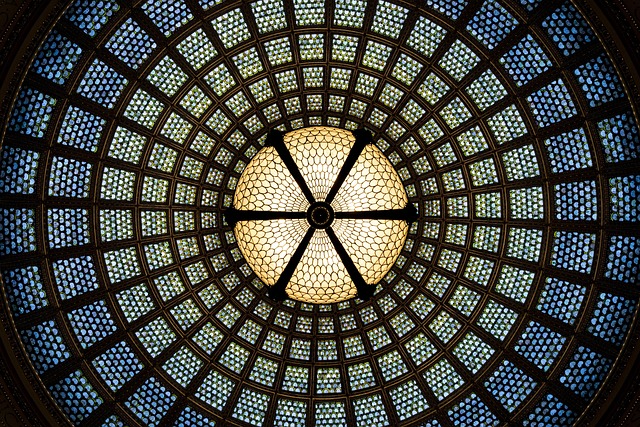In recent years, the urgency to combat climate change has prompted a shift in how we perceive production and consumption. As environmental challenges loom larger, the concept of Circular Design has emerged as a beacon of hope in creating a sustainable future. This innovative approach not only addresses waste reduction but also encourages a new way of thinking about the lifecycle of products.
The traditional linear model of ‘take-make-dispose’ has led to significant environmental degradation and excessive waste. With the planet already bearing the scars of climate change—rising sea levels, extreme weather events, and biodiversity loss—it’s clear that we must find alternative solutions. Circular Design flips this model on its head, promoting processes that prioritize resource regeneration and minimize ecological impact.
At its core, Circular Design aims to create a system where products are designed for longevity, versatility, and the possibility of renewal. Instead of discarding items after their first use, this design philosophy encourages us to think about how we can reinvent and repurpose them. This not only conserves resources but also reduces emissions associated with manufacturing new products, thus decreasing our carbon footprint.
The implications of Circular Design are profound, as it fosters a more sustainable relationship between humanity and the environment. In industries ranging from fashion to electronics, designers are continuously coming up with innovative solutions that embody circularity. For example, clothing brands are experimenting with upcycled materials and take-back programs that invite customers to return old garments for refurbishment, ensuring that nothing is wasted.
Moreover, the embrace of digital technology plays a critical role in advancing Circular Design. The rise of sharing platforms and digital marketplaces not only encourages a culture of sharing but also extends the life of products. By efficiently utilizing resources, we can significantly cut down on emissions, ultimately alleviating some pressure from our warming planet.
As consumers become increasingly aware of climate change and its impacts, they are seeking products and companies that align with their values. Engaging in Circular Design is not merely an option; it has become a necessity for businesses that wish to thrive in an environmentally conscious market. Every purchase becomes an opportunity to support sustainable practices and contribute to a greener, more resilient world.
In embracing Circular Design, we are not only making strides toward sustainability; we are also cultivating a sense of accountability and stewardship toward our planet. It’s a powerful reminder that when we choose to innovate and adapt, we can create solutions that benefit both humanity and the environment. Whether you are a designer, a consumer, or simply an advocate for change, the potential of Circular Design in the fight against climate change is an opportunity we can all stand behind.



